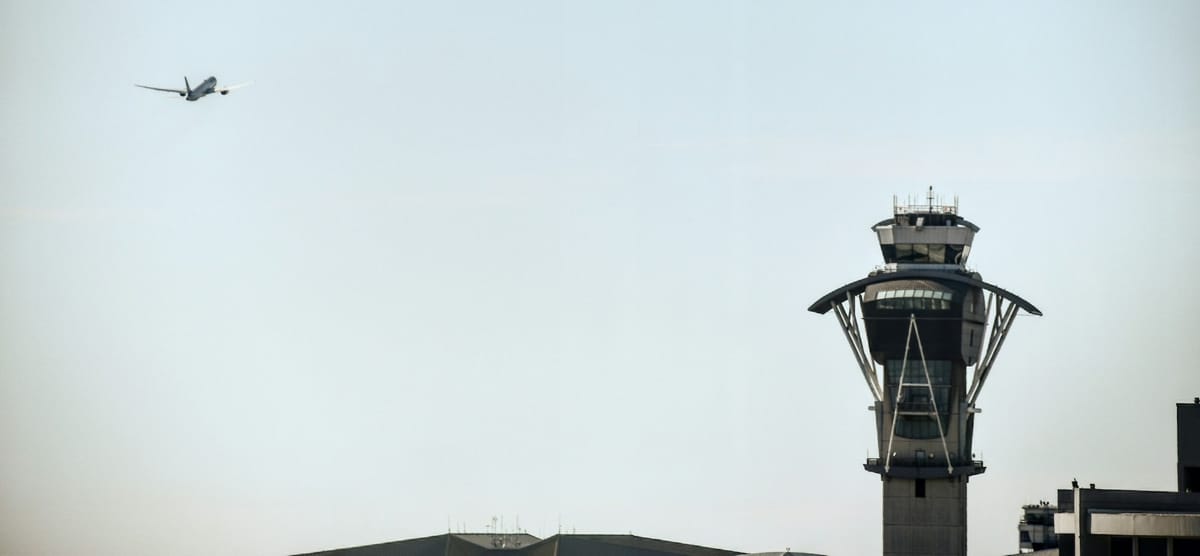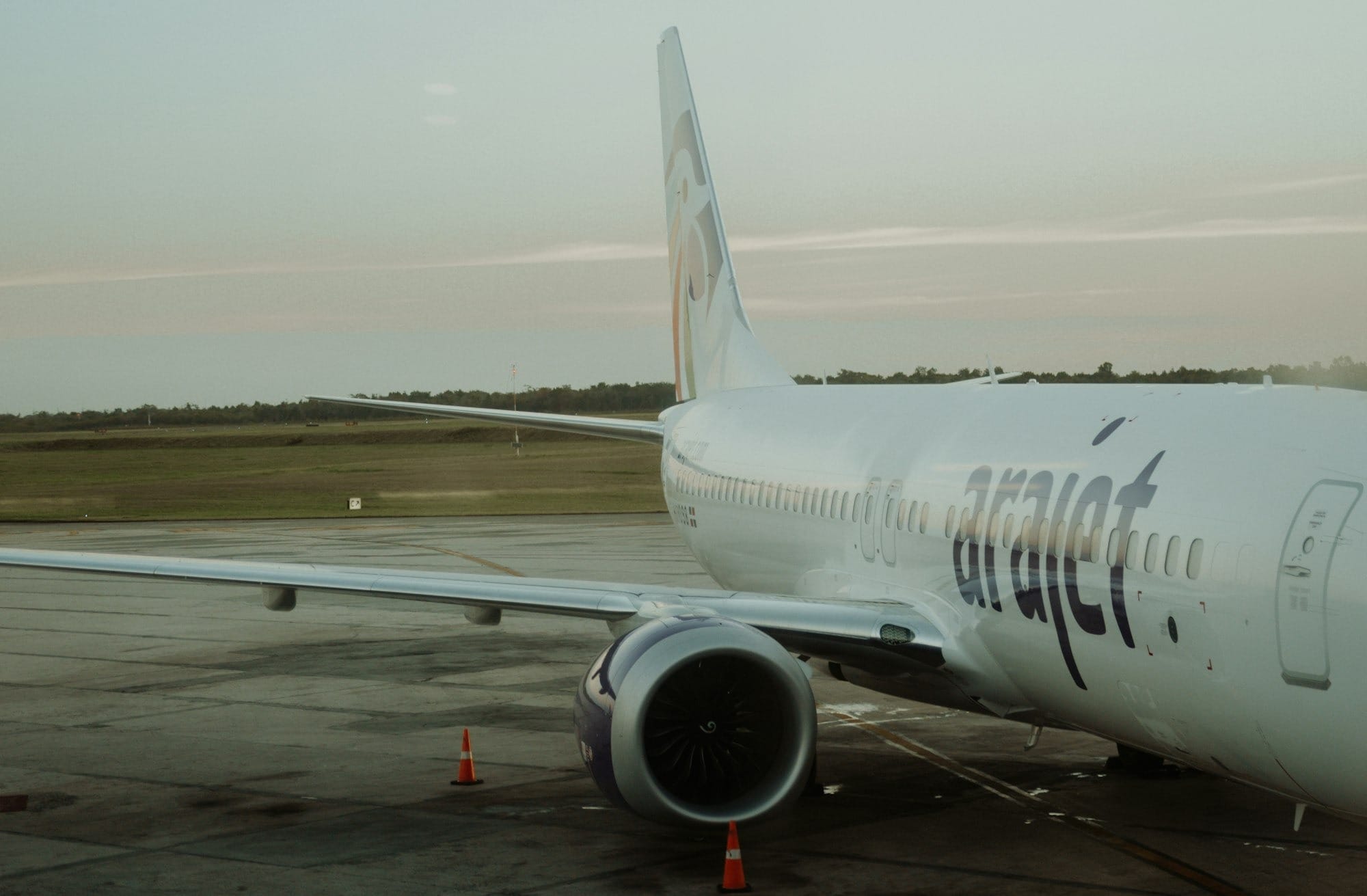Air Traffic Rights: Overview of the Freedoms of the Air
The Freedoms of the Air are a set of international aviation rights that allow airlines to enter and land in another country's airspace. These freedoms were established to promote global air travel and ensure that airlines can operate efficiently across borders.

Air Traffic Rights: Overview of the Freedoms of the Air
Key Takeaways:
- The Freedoms of the Air are fundamental principles that govern international aviation.
- These freedoms facilitate global connectivity and economic growth.
- Understanding these freedoms is crucial for airlines, regulators, and passengers.
Introduction to the Freedoms of the Air
The Freedoms of the Air are a set of international aviation rights that allow airlines to enter and land in another country's airspace. These freedoms were established to promote global air travel and ensure that airlines can operate efficiently across borders. They are essential for the smooth functioning of international aviation and play a significant role in global connectivity.
These freedoms are categorized into nine distinct rights, each with specific implications for airlines and countries. Understanding these freedoms is crucial for anyone involved in the aviation industry, from airline executives to regulatory bodies. They form the backbone of international air travel agreements and are vital for maintaining a balanced and fair aviation market.
The First Freedom: Overflight Rights
The First Freedom of the Air allows an airline to fly over a foreign country without landing. This freedom is fundamental for international flights, as it enables airlines to take the most direct routes between destinations. Overflight rights are typically negotiated through bilateral agreements between countries.
For example, a flight from New York to Tokyo might pass over Canadian and Russian airspace. Without the First Freedom, airlines would need to take longer, less efficient routes, increasing fuel costs and travel time. This freedom is essential for maintaining the efficiency and cost-effectiveness of international air travel.
The Second Freedom: Technical Stop Rights
The Second Freedom of the Air permits an airline to land in a foreign country for non-traffic purposes, such as refueling or maintenance, without picking up or dropping off passengers or cargo. This right is crucial for long-haul flights that require technical stops to ensure safety and efficiency.
For instance, a flight from London to Sydney might need to stop in Singapore for refueling. The Second Freedom allows this stop without the need for additional permissions or complications. This freedom ensures that airlines can operate long-haul flights safely and efficiently, benefiting both airlines and passengers.
The Third Freedom: Transporting Passengers and Cargo to Another Country
The Third Freedom of the Air allows an airline to transport passengers and cargo from its home country to another country. This freedom is fundamental for international commercial aviation, enabling airlines to offer direct flights to foreign destinations.
For example, a U.S. airline can fly passengers from New York to Paris under the Third Freedom. This freedom is essential for airlines to expand their networks and offer international services. It also benefits passengers by providing more travel options and direct routes to their destinations.
The Fourth Freedom: Bringing Passengers and Cargo from Another Country
The Fourth Freedom of the Air permits an airline to transport passengers and cargo from a foreign country back to its home country. This freedom complements the Third Freedom and is crucial for maintaining balanced and reciprocal air travel agreements between countries.
For instance, a British airline can fly passengers from New York to London under the Fourth Freedom. This freedom ensures that airlines can operate round-trip services between countries, enhancing connectivity and convenience for passengers. It also supports the economic viability of international routes.
The Fifth Freedom: Beyond Rights
The Fifth Freedom of the Air allows an airline to transport passengers and cargo between two foreign countries as part of a service connecting to its home country. This freedom is also known as "beyond rights" and is vital for airlines to expand their international networks.
For example, a Singaporean airline might operate a flight from Singapore to Los Angeles with a stop in Tokyo, picking up passengers in Tokyo for the onward journey to Los Angeles. The Fifth Freedom enables airlines to offer more flexible and extensive route options, benefiting both airlines and passengers by providing more travel choices.
The Sixth Freedom: Connecting Flights
The Sixth Freedom of the Air permits an airline to carry passengers and cargo between two foreign countries via its home country. This freedom is essential for airlines to create hub-and-spoke networks, enhancing connectivity and efficiency.
For instance, an airline based in Dubai might fly passengers from London to Sydney with a stopover in Dubai. The Sixth Freedom allows airlines to use their home country as a transit point, offering more convenient and efficient travel options for passengers. This freedom supports the development of major international hubs and enhances global connectivity.

Advertising
The Seventh Freedom: Standalone Services
The Seventh Freedom of the Air allows an airline to operate flights between two foreign countries without returning to its home country. This freedom is less common but can be crucial for airlines seeking to establish a presence in foreign markets.
For example, a European airline might operate a route between New York and Toronto without the flight originating or terminating in Europe. The Seventh Freedom enables airlines to offer more diverse and flexible services, catering to specific market demands and enhancing competition in the aviation industry.
The Eighth Freedom: Cabotage Rights
The Eighth Freedom of the Air, also known as cabotage rights, permits an airline to transport passengers and cargo between two points within a foreign country on a service that originates or terminates in its home country. This freedom is highly restricted and rarely granted due to concerns about domestic market protection.
For instance, a Canadian airline might operate a flight from Toronto to New York with a stop in Chicago, picking up passengers in Chicago for the onward journey to New York. The Eighth Freedom allows airlines to offer more comprehensive services, but it is often limited to protect domestic carriers from foreign competition.
The Ninth Freedom: Full Cabotage
The Ninth Freedom of the Air, or full cabotage, allows an airline to operate domestic flights within a foreign country without any requirement to connect to its home country. This freedom is the most restricted and is rarely granted due to significant concerns about domestic market protection and competition.
For example, a foreign airline operating flights solely within the United States would be exercising the Ninth Freedom. This freedom is typically reserved for exceptional circumstances and is subject to stringent regulatory approval. It represents the highest level of market access for foreign airlines but is seldom utilized.
The Impact of Freedoms of the Air on Global Aviation
The Freedoms of the Air have a profound impact on global aviation, shaping the way airlines operate and countries negotiate air travel agreements. These freedoms facilitate international connectivity, economic growth, and cultural exchange by enabling airlines to offer diverse and efficient services.
For instance, the Fifth and Sixth Freedoms allow airlines to create extensive international networks, connecting passengers to a wide range of destinations. The Third and Fourth Freedoms support direct flights between countries, enhancing convenience and reducing travel time. Overall, the Freedoms of the Air are essential for maintaining a balanced and competitive global aviation market.
Summary
The Freedoms of the Air are fundamental principles that govern international aviation, enabling airlines to operate efficiently across borders. These freedoms, categorized into nine distinct rights, facilitate global connectivity, economic growth, and cultural exchange. Understanding these freedoms is crucial for airlines, regulators, and passengers, as they form the backbone of international air travel agreements and ensure a balanced and fair aviation market.
FAQ
What are the Freedoms of the Air?
The Freedoms of the Air are a set of international aviation rights that allow airlines to enter and land in another country's airspace. These freedoms are categorized into nine distinct rights, each with specific implications for airlines and countries.
Why are the Freedoms of the Air important?
The Freedoms of the Air are essential for the smooth functioning of international aviation. They facilitate global connectivity, economic growth, and cultural exchange by enabling airlines to offer diverse and efficient services.
How do the Freedoms of the Air impact passengers?
The Freedoms of the Air impact passengers by providing more travel options, direct routes, and efficient services. These freedoms ensure that airlines can operate international flights safely and cost-effectively, benefiting passengers with enhanced convenience and reduced travel time.








